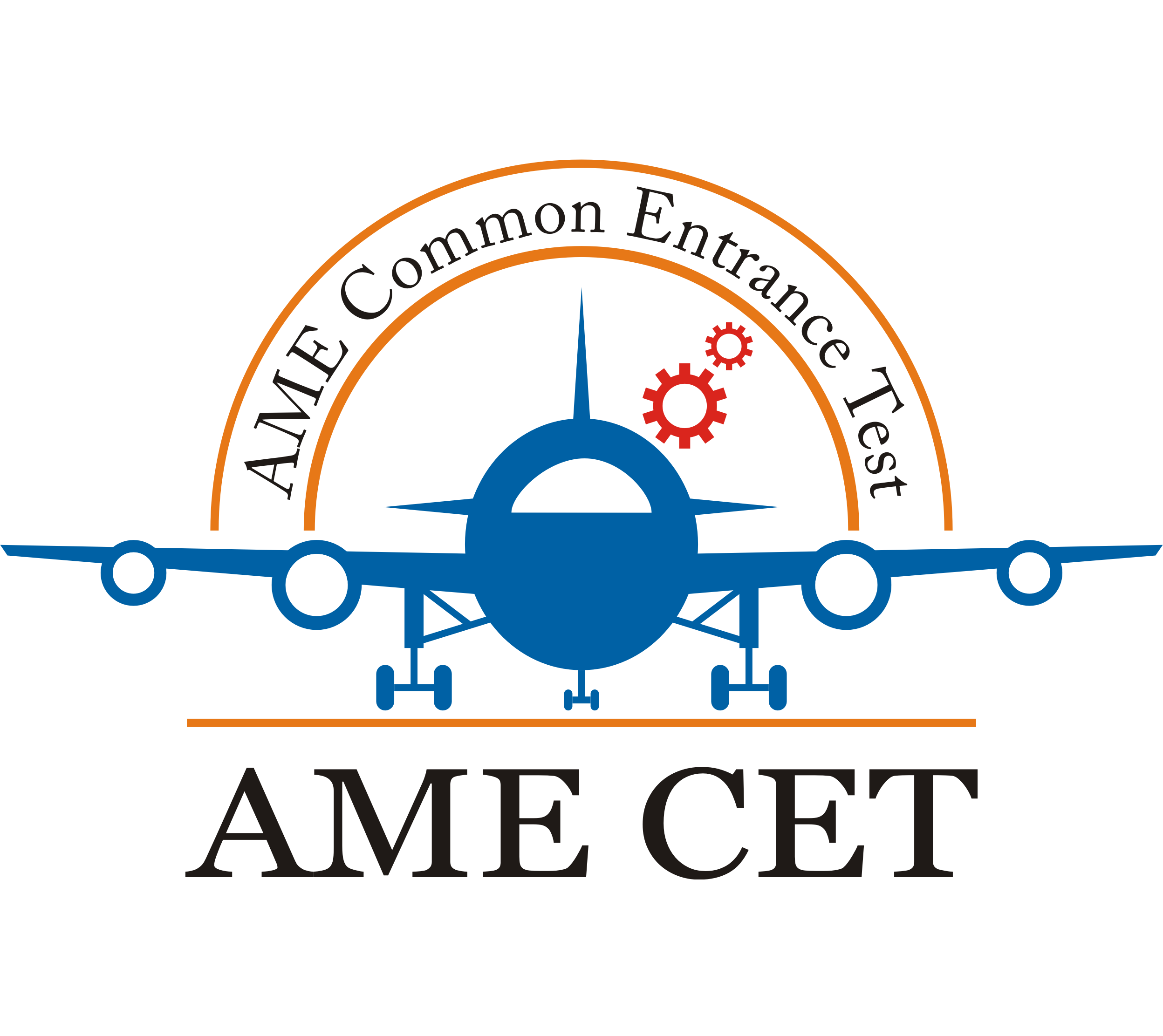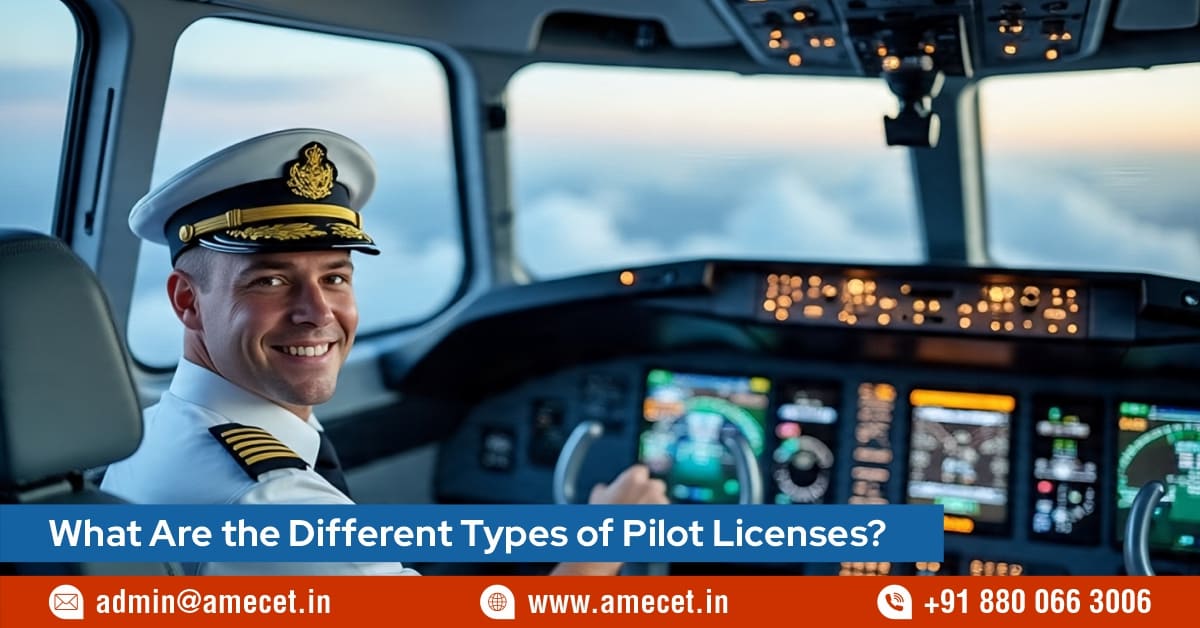What Are the Different Types of Pilot Licenses?
Posted on : 19 September, 2025 5:32 pm
A Beginner’s Guide to Navigating the Skies
Introduction
The dream of becoming a pilot is not just about flying aircraft—it’s about choosing the right path in aviation. Depending on your goals, whether it’s flying for fun, working with airlines, or operating cargo planes, different pilot licenses exist to suit specific career needs. Each license comes with unique eligibility, training requirements, and privileges. Let’s explore the most common types of pilot licenses and understand what each one means.
1. Student Pilot License (SPL)
The Student Pilot License is the first step toward becoming a professional pilot. It allows you to undergo initial flight training under the supervision of an instructor.
-
Eligibility: Minimum age of 16–17 years, 10+2 with Physics and Mathematics.
-
Privileges: You cannot carry passengers, but you can log hours during training.
-
Purpose: A foundation for progressing to higher licenses like PPL or CPL.
2. Private Pilot License (PPL)
The Private Pilot License is for those who want to fly for pleasure or personal use. Many aviation enthusiasts, business owners, or hobbyists pursue this license.
-
Eligibility: Minimum age 17 years, completion of SPL training, and Class 2 medical fitness.
-
Privileges: You can fly single-engine aircraft and carry passengers but not for commercial purposes.
-
Duration: Typically 6–12 months of training with around 40–60 flying hours.
3. Commercial Pilot License (CPL)
The Commercial Pilot License is the most sought-after license for those who wish to make aviation a full-time career.
-
Eligibility: Minimum age 18 years, Class 1 medical fitness, and 10+2 with Physics and Mathematics.
-
Privileges: You can fly passenger aircraft, cargo planes, or charter services for payment.
-
Duration: Around 18–24 months, requiring a minimum of 200 flying hours.
-
Career Scope: Airline pilot, cargo pilot, corporate pilot, or instructor after additional training.
4. Airline Transport Pilot License (ATPL)
The Airline Transport Pilot License is the highest level of pilot certification. It is required to become a captain of large passenger aircraft.
-
Eligibility: Minimum age 21 years, significant flight experience (1,500 flying hours or more), and prior CPL.
-
Privileges: Act as a Captain/Pilot-in-Command for airlines.
-
Importance: Without ATPL, one cannot command a commercial airline flight.
5. Multi-Crew Pilot License (MPL)
Introduced more recently, the Multi-Crew Pilot License is specifically designed for airline operations.
-
Eligibility: Minimum age 18 years, completion of medical and aptitude tests.
-
Privileges: It allows you to operate as a co-pilot in multi-crew aircraft.
-
Focus: Unlike CPL, it emphasizes simulator-based training and teamwork in airline environments.
6. Sport Pilot License (Available in Some Countries)
For aviation enthusiasts who prefer flying light aircraft, the Sport Pilot License is a popular choice in countries like the USA.
-
Eligibility: Minimum age 17 years, Class 3 or Basic medical certificate.
-
Privileges: Fly light-sport aircraft (LSA) during daylight hours.
-
Purpose: Ideal for hobbyists who don’t want to commit to the rigorous CPL path.
7. Recreational Pilot License (RPL)
The Recreational Pilot License is another license for non-commercial flying, limited in scope compared to PPL.
-
Privileges: You can fly smaller aircraft within restricted airspace, usually without passengers.
-
Scope: Less training is required compared to PPL, making it a quicker option for personal flying.
The world of aviation offers multiple routes depending on your ambition. Whether you dream of flying for leisure with a PPL, building a professional career with a CPL, or commanding commercial jets with an ATPL, each license is a stepping stone toward your aviation journey. The choice depends on your goals, budget, and dedication. For those starting fresh, the SPL is the first door into the cockpit. From there, the skies open wide with endless possibilities.

